Traditional Bari Orecchiette
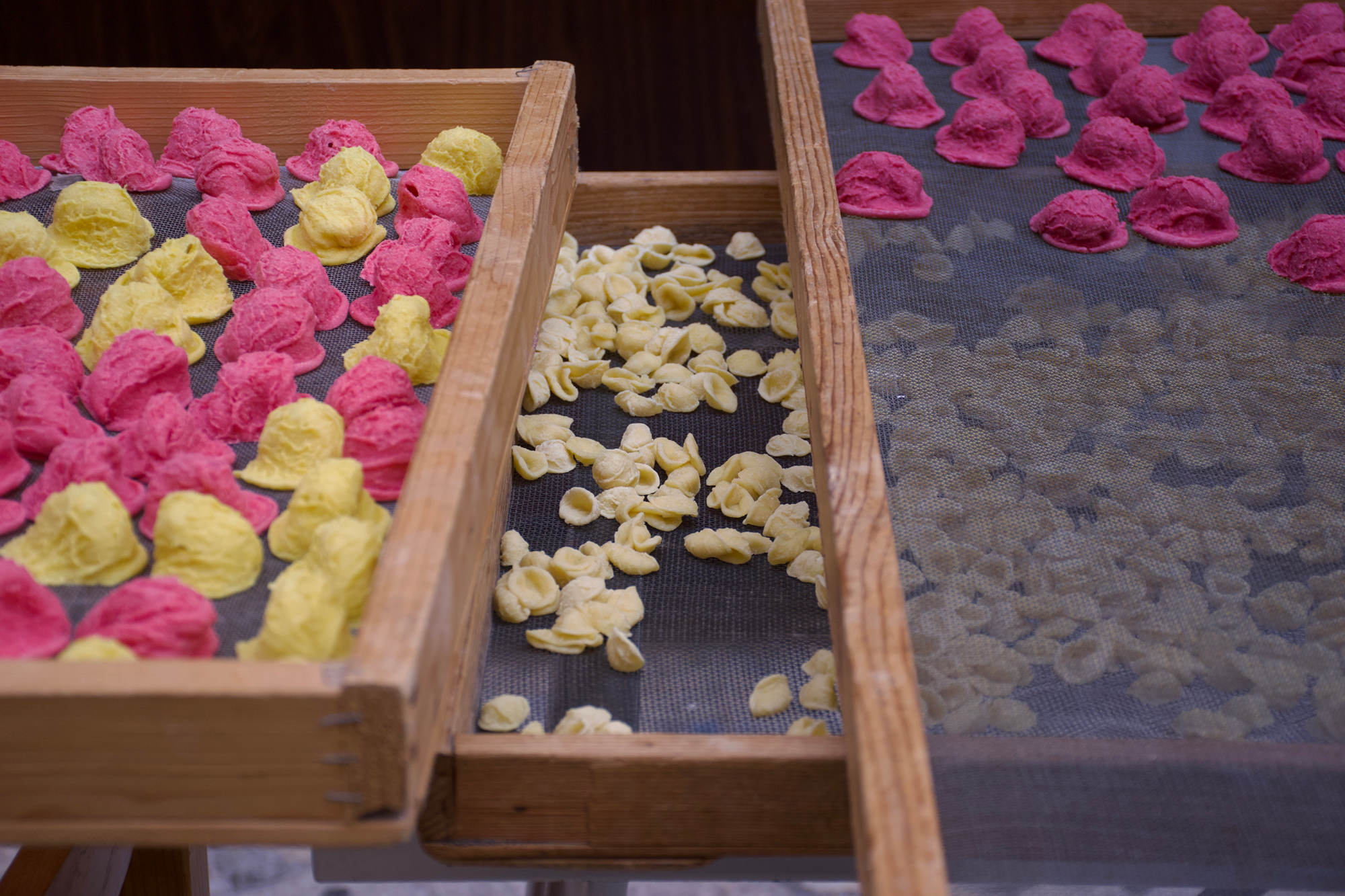
NONNA ANGELA'S
Traditional Bari Orecchiette
Join us on a walk through Via Arco Basso, the 'Strada della Pasta,' and learn the secret recipe for perfect orecchiette from the charming Nonna Angela Lastella.
By Gianina Rose
|
October 24, 2023
Traditional Bari Orecchiette
By Gianina Rose
Instructions
TOTAL TIME
1 hour 30 minutes4 servings
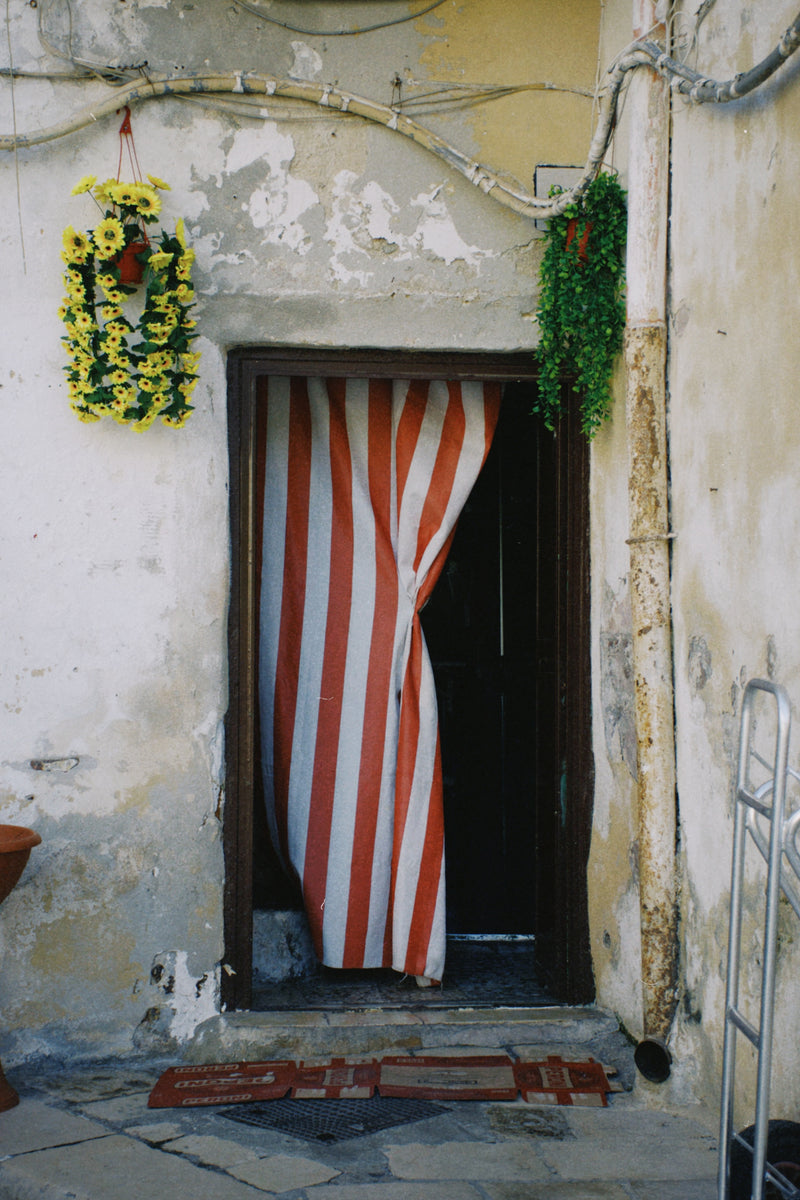
For this recipe we went directly to Puglia, into the alleys of Bari Vecchia, a microcosm in the city, where tradition, flavors and folklore were the background of a walk that is hard to forget.
Stepping into Bari Vecchia is like entering a wonderful world, almost like a movie, at every corner you discover a pearl, a detail that surprises and tells you that you really have to come back here.
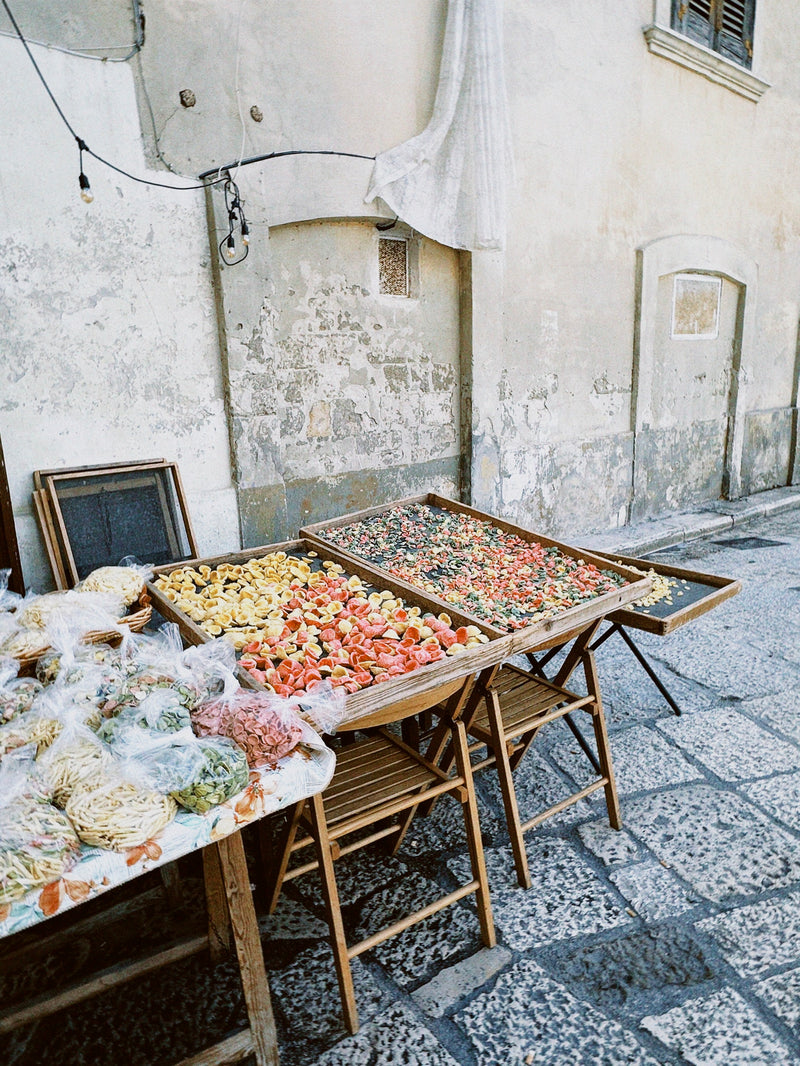

The magic of Bari Vecchia is felt not only by the places but especially by the people who live there. The best way to immerse yourself in the traditions of Bari culture is to walk down Via Arco basso, better known as the Strada della Pasta, and this is where today's recipe comes from.
In this street the ladies of Bari Vecchia spend the day on the doorstep of their homes intent on creating with their skilled hands what represents one of Bari's gastronomic symbols: orecchiette.
As soon as we enter the street of orecchiette the view is unique to say the least, along the narrow alleys every doorway is open, in front we find the ladies with their personal "telaio" (loom), the loom is the typical small table with a wooden frame in which is embedded a dryer used to let air pass through and dry the pasta. On their looms are all the traditional Apulian goodness prepared personally by the ladies, dried tomatoes, taralli, typical sweets and to top it all off, the famous orecchiette, in all sizes and colors.
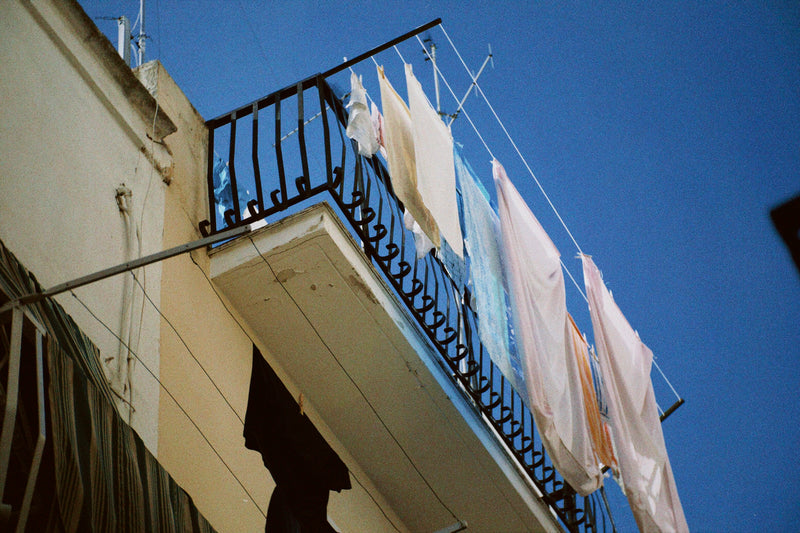
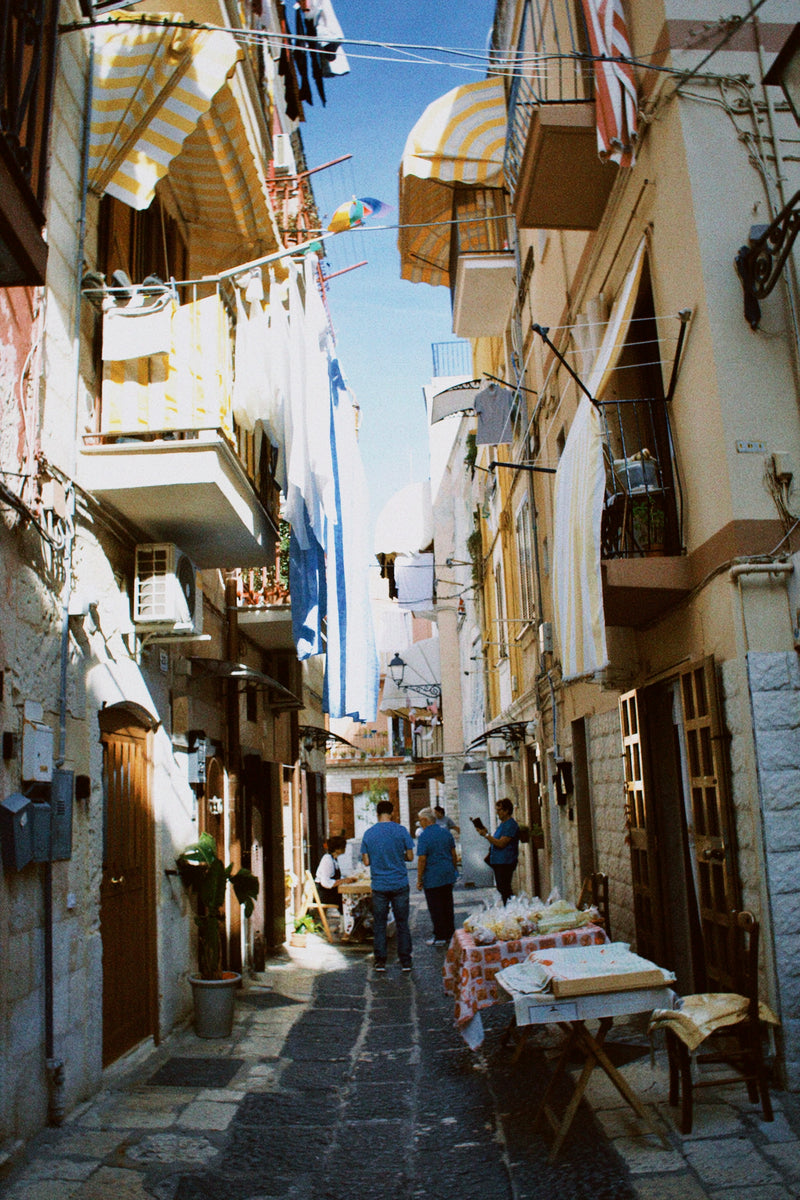

Before introducing the grandmother who gave us this unique recipe, let's describe the second protagonist of the recipe, the queen "orecchietta," so called because its shape is just like that of an ear, hollowed out in the center.
It can be found in three shapes: small, large (the famous "strascinata") and gigantic (called "orecchione"), suitable for holding a filling inside.
The classic one is yellowish in color, but some people enjoy making it brown (with whole wheat semolina), green (by adding spinach to the dough), red (by inserting tomato puree) or black (with squid ink).
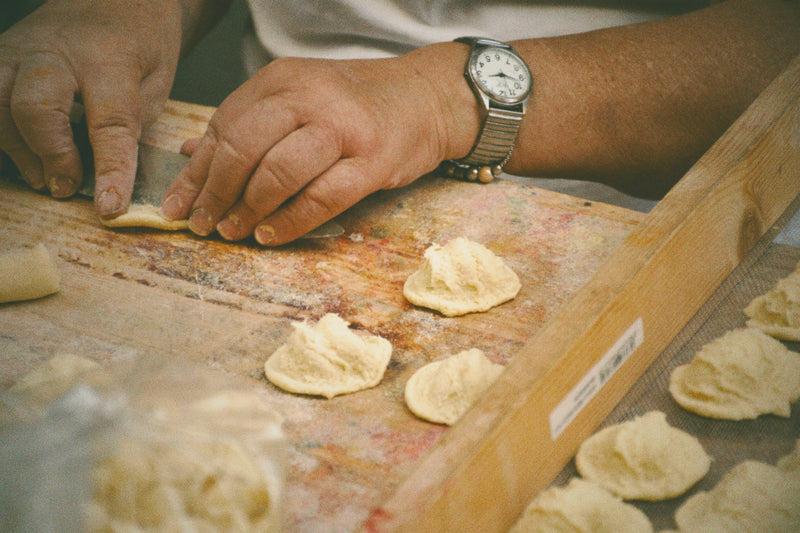

Orecchiette can be served with any sauce (in fact, in the previous recipe we prepared them with Norma sauce), unfailing with ragu and unforgettable with turnip tops.
After a few obligatory mentions of our dish, it's time to enter the alley and begin the walk that led us to meet Nonna Angela Lastella, a 68-year-old Pugliese.
Angela grew up among the alleys of Bari, she learned the craft with her mom since she was 7 years old, for her making orecchiette is child's play, in fact when we ask her if it is difficult to prepare them she looks at us astonished and says "But it doesn't take anything, look at this!"
When we ask Angela the secret to a perfect orecchietta she answers us like this, "Nudde (which in Bari dialect means nothing), just durum wheat flour, hot water, not even salt in the dough."
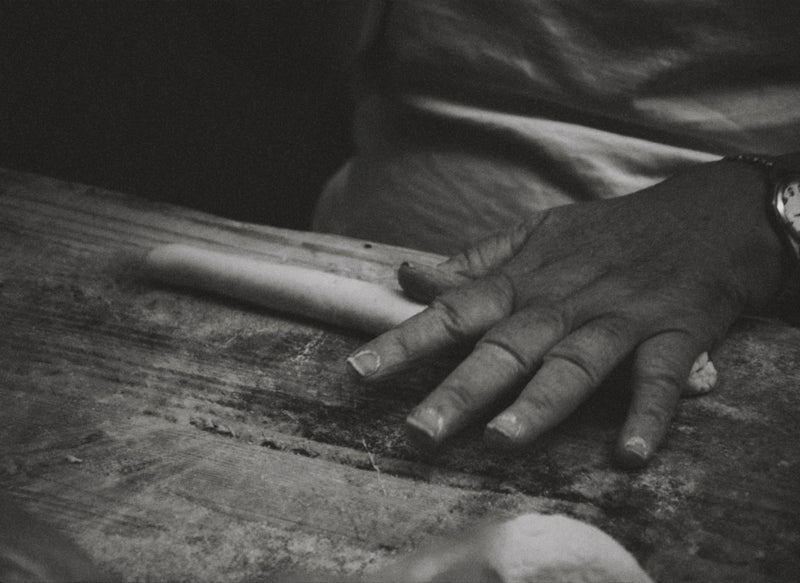
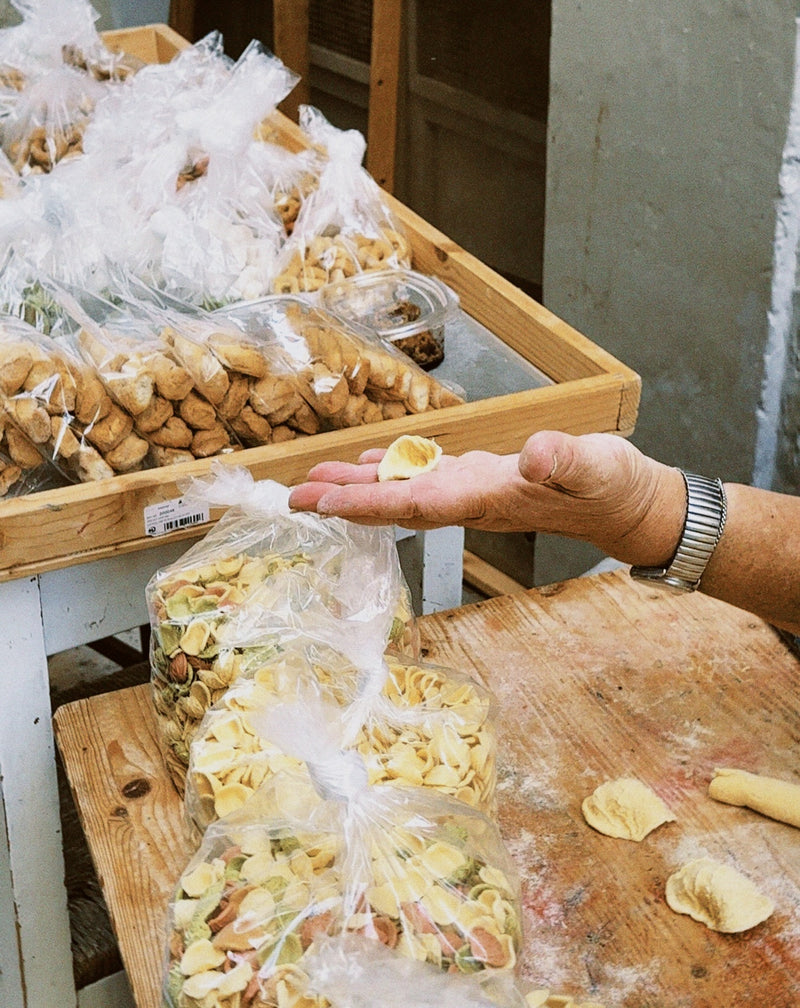
Every day Angela prepares on her loom hundreds of orecchiette that will dry thanks to the favor of the wind, ready to be packed and sold the next day.
As Angela explains how they are prepared, telling us stories about her life in the meantime, a crowd of onlookers gathers around her stall, she is not surprised, by now she is the star of Via Arco Basso.
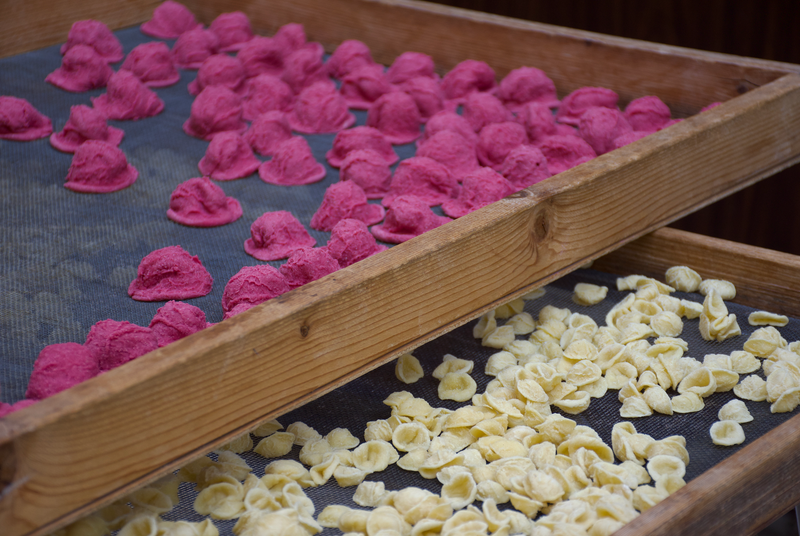
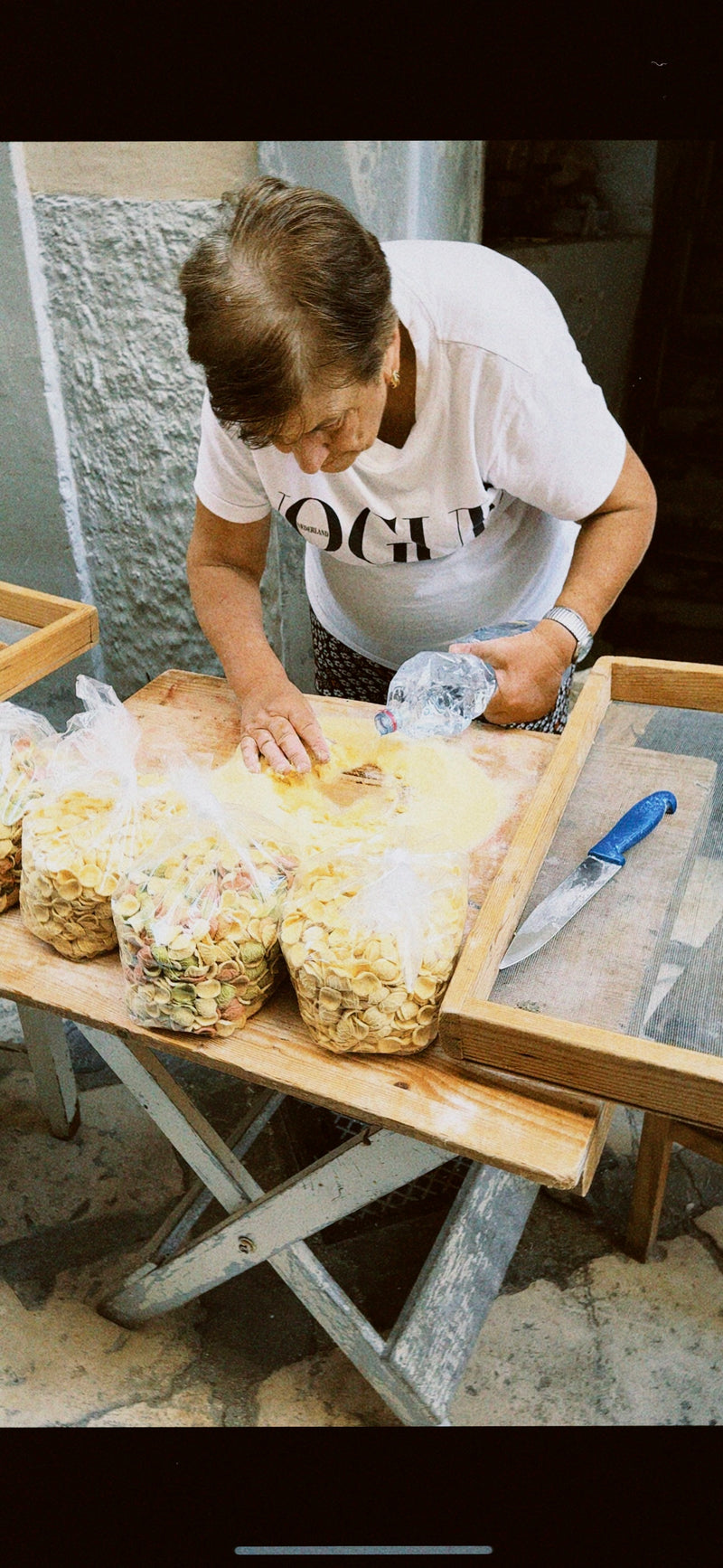
Let's start with making the dough; it can be made in a bowl or directly on the wooden pastry board.
Here some advice given us by Angela:
Durum wheat semolina flour is preferred, better if not remilled, because it makes the dough more porous.
The amount of water used to process the pasta depends on the roughness of the surface of the orecchiette. The more is used, the better the dough is processed, but then it is difficult to give the orecchiette the right shape. Therefore it is important that the dough is smooth and almost grainy, not wet. Which means that water should not be added in excessive amounts.
Let's pour in the remilled semolina and in the center start pouring in some water, mixing a little at a time.
After about 10 minutes of processing we will get a round shape, let it rest at room temperature for 15 minutes under a dishcloth.
Once this time has passed we take a dough cutter to take out a piece of dough leaving the remainder under a dishcloth.
We work the piece of dough making a small strand of dough 1 cm thick, from this we make small 1 cm pieces of dough.
At this point it is time to give life to the orecchiette, with a smooth-bladed knife, form "shells" by dragging the small piece toward you, helping yourself with some flour scattered on the pastry board.
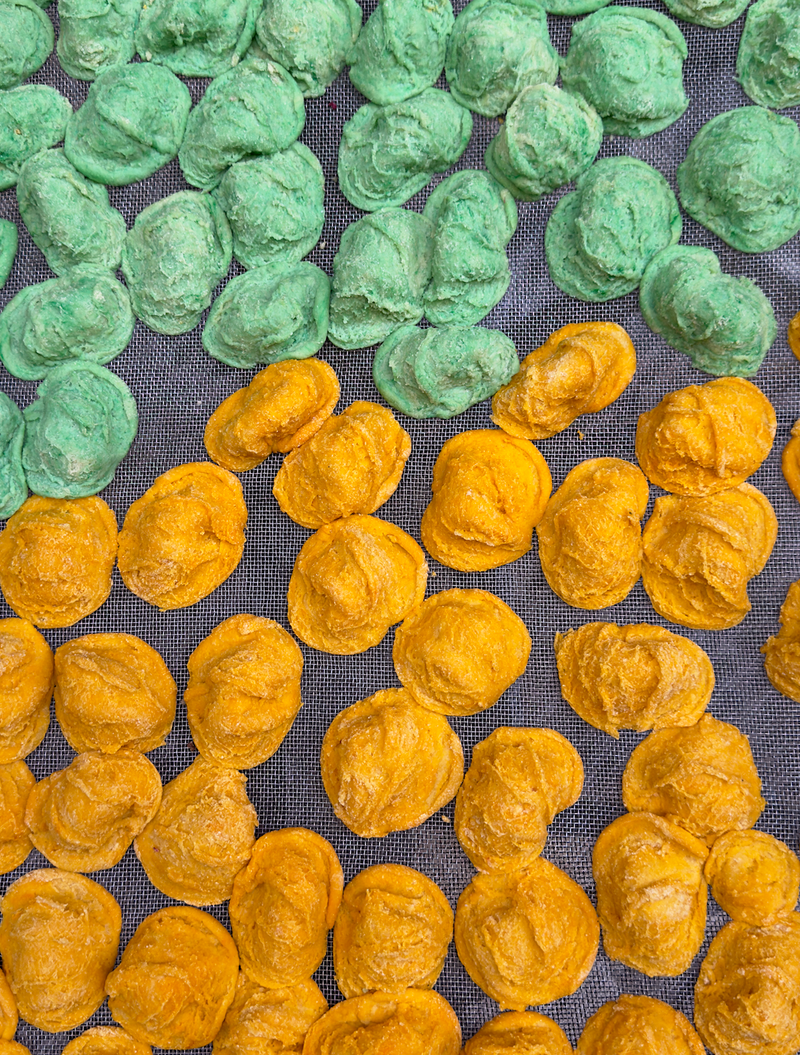
After the dragging operation, turn the orecchiette back on itself, thus obtaining the typical shape of the pasta! Repeat the process until the dough is finished.
Once the whole surface is filled with fresh orecchiette we let them air dry slightly for about 30 minutes and then we can cook them.
Once they are dry (they should air dry for about a day) they can be stored in bags for 2 to 3 days or they can be frozen.
As we mentioned earlier, orecchiette are good in all sauces, Grandma Angela prepares them both with ragu and with turnip tops and then in a really typical version, "Cozz e fasul," meaning beans and mussels!
Buon appetito and Cheers!





